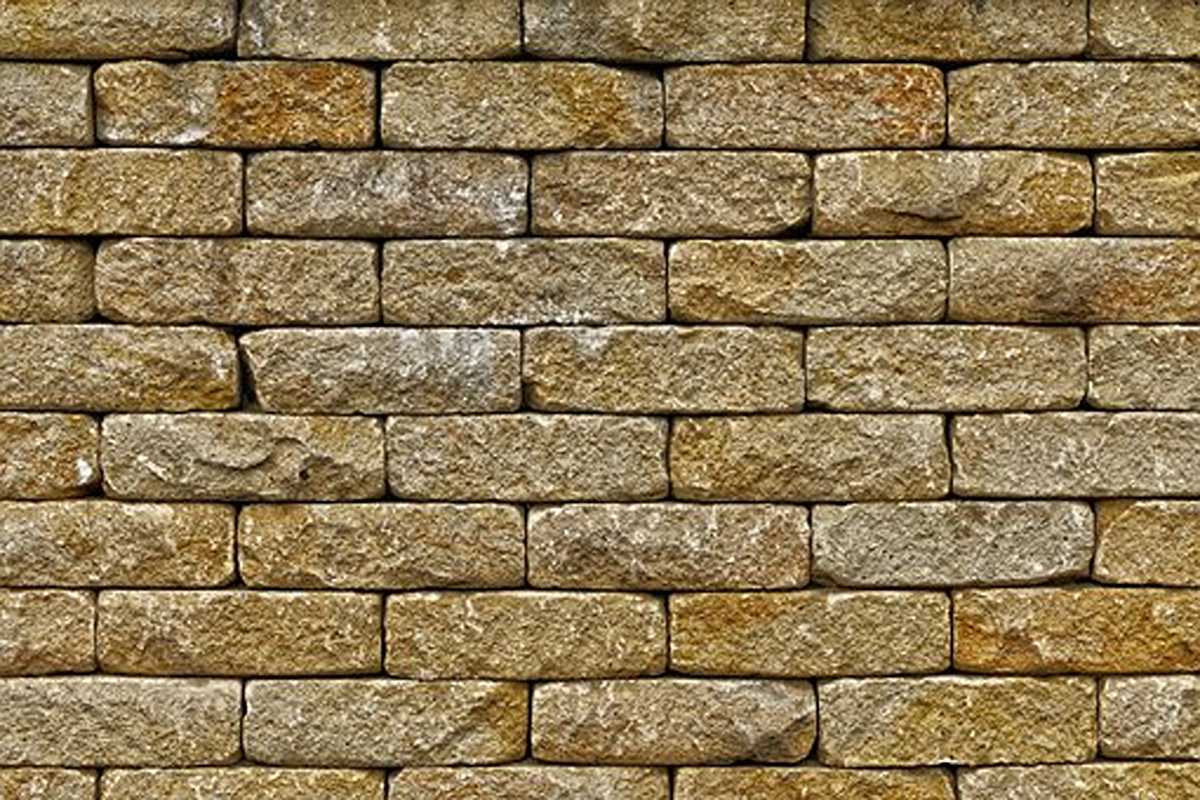If you have stress cracks in drywall, you may wonder how to repair them. This article covers various methods, including drywall tape, lightweight spackle, and corner beading. Regardless of which method you choose, it will help you restore the structural integrity of your walls.
Fixing stress cracks in drywall
Stress cracks in drywall are an unsightly problem, but repairing them can help make a room look and feel better. To fix them, start by removing loose drywall tape and joint compound. This will create a V-groove that allows the more joint compound to be placed. You can also try applying hand pressure to the crack to check for movement. You need to fasten the drywall panel to a framing member if it does move. Once the panel has been secured, you can apply two or three coats of the compound to smooth the crack.
Generally, stress cracks occur at the edges of windows and doorways. This is due to the stress on the drywall, which can cause it to move. These cracks can also be found where drywall panels aren’t joined. They may extend across a panel’s face to the other side. The more cracks you see, the more likely a joint is damaged, which may require professional repair.
Using drywall tape
The process of repairing drywall cracks starts with determining the cause of the crack. Most often, drywall cracks develop where two drywall sheets meet. This happens when the sheets of drywall shift and cause cracks. To prevent this problem from recurring, use drywall tape to create a strong bond where the two sheets meet. This step also creates a firm foundation for applying finish mud.
The next step is to clean up the area around the crack. If the crack is on a vertical seam, you can use a paint scraper to remove the loose compound. Then, apply the drywall compound at a 70-degree angle to the crack. Be sure to use a clean knife to apply the compound.
Using lightweight spackle
If you find a drywall crack, don’t panic. You can use lightweight spackle to repair it. First, apply a layer of lightweight spackle to the crack and let it dry for 15 to 30 minutes. If it doesn’t dry in 15 minutes, you can sand it with fine-grit sandpaper. Once the repair is dry, you can apply paint or wallpaper.
Another option is a joint compound, which is a synthetic cement that is similar to spackle. It is available in a powder or premixed form and can be used for various repair jobs. This product dries quickly, and it is usually suitable for minor repairs. However, applying it can be a bit harder and may require multiple coats.
Using corner bead
To repair drywall cracks using corner beads, start by priming the wall. Use a stain-blocking primer that dries quickly. Primer helps to loosen the drywall and remove dirt. It also makes sure that the compound sticks to the corner bead.
Then, apply a set-type compound in two coats to the dent and use a drywall knife to pull the compound across the dent. You can also use an aerosol primer to make the repair visible. If the compound does not cover all the dent, use a re-prime.
Drywall cracks can be caused by many factors, including natural wear and tear and environmental factors. They are more likely to occur on the seam where two sheets of drywall meet.
Using lucky mud
To repair a drywall crack, you first need to tape off the area that needs repairing. You then need to spread out the mud on the taped area so that the new patch will match the texture of the surrounding wall. You can use a paintbrush to apply the mud to blend in with the surrounding wall texture. Once the mud is dry, you can paint the drywall.
Cracks in drywall can occur in many different places. Sometimes, the cracks will appear when lath or plaster is exposed through a gap. In these cases, corner bracing may help to keep the wall in place and prevent future cracks. If this is not possible, using lucky mud may be viable. The material is thicker than regular joint compounds and dries quickly. It is important not to overdo it because too much mud may lead to leakage.
